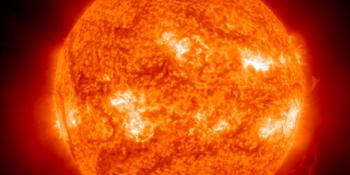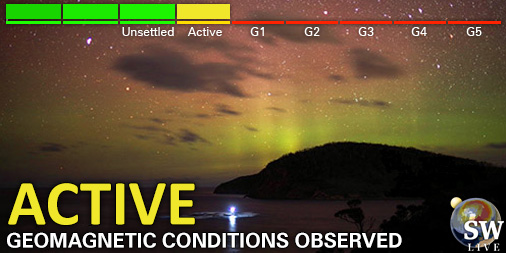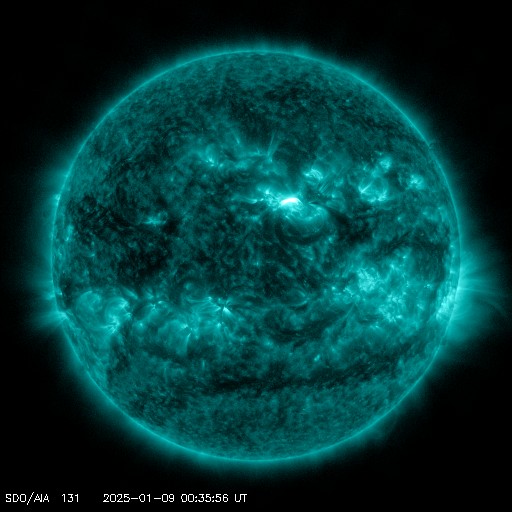Viewing archive of Thursday, 21 July 2016
Select the desired archive item
Two M-class solar flares
More than three months. That's how long it took for the Sun to boost solar activity up to moderate levels again. It was sunspot region 2567 which produced two M-class solar flares early this night. First an M1.2 (R1-minor) solar flare at 00:46 UTC which was quickly followed by an M1.0 (R1-minor) solar flare at 01:49 UTC. These are the first M-class solar flares since the M6.7 solar flare that took place on 18 April.
Current data suggests there is a slight possibility for aurora to appear at the following high latitude regions in the near future
Norilsk, VorkutaLatest news
Latest forum messages
Support SpaceWeatherLive.com!
A lot of people come to SpaceWeatherLive to follow the Sun's activity or if there is aurora to be seen, but with more traffic comes higher server costs. Consider a donation if you enjoy SpaceWeatherLive so we can keep the website online!

Space weather facts
| Last X-flare | 2025/01/04 | X1.85 |
| Last M-flare | 2025/01/09 | M1.1 |
| Last geomagnetic storm | 2025/01/04 | Kp5 (G1) |
| Spotless days | |
|---|---|
| Last spotless day | 2022/06/08 |
| Monthly mean Sunspot Number | |
|---|---|
| December 2024 | 154.5 +2 |
| January 2025 | 155.9 +1.4 |
| Last 30 days | 151.7 +31.8 |




